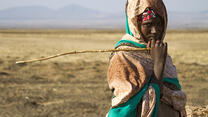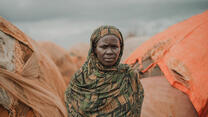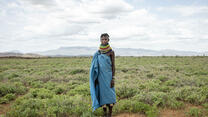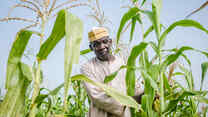
Climate change is causing new humanitarian crises and accelerating existing ones in vulnerable communities around the world. The Intergovernmental Panel on Climate Change (IPCC) warns that drastic cuts in greenhouse gas emissions are needed to prevent the world from experiencing a rise in global temperature and the catastrophic consequences that follow.
“The world’s most vulnerable populations are already on the frontline of the climate crisis,” explains IRC CEO and President, David Miliband. “To curtail the worst climate and extreme weather disasters, major-emitting nations must take drastic actions to rein in emissions.”
The countries on this list all have something in common - despite contributing little to greenhouse gas emissions, they are especially vulnerable to the effects of global warming. They also all feature on the IRC’s Watchlist as countries most likely to experience a humanitarian crisis in 2023.
Find out which 10 countries researchers have identified as at risk of climate disaster:
How do we know what countries are at risk of climate disaster?
To find out which countries are most at risk from climate disasters, the International Rescue Committee (IRC) and the World Resource Institute (WRI) analysed where climate crises are likely to occur and whether affected countries have the capacity to respond and protect vulnerable communities.
Countries with low levels of climate readiness and high levels of fragility are most at risk of climate disaster.
Climate readiness is measured by examining the threats that climate change poses to a country and that country’s ability to protect its citizens from, and build resilience to, climate disasters. Meanwhile, fragility is the likelihood that a country will collapse and become unable to govern or provide services to its citizens.
The catastrophic consequences of climate change are already here as more frequent and intense natural disasters and extreme weather destroy livelihoods, intensify violent conflict, and force people to flee their homes. The following is a list of 10 countries that are particularly vulnerable to climate change, despite having contributed little to its cause. Collectively, these countries contribute just 0.28% of global CO2 emissions while making up 5.16% of the world’s population.
10 countries at risk of climate disaster
Somalia
Climate change has had a devastating impact on Somalia, worsening challenges of drought and extreme food insecurity. The country’s political instability has made it difficult to address its climate crisis and protect vulnerable communities. By mid-2023, more than an estimated eight million Somalis - nearly half of the country’s population - will be experiencing crisis levels of food insecurity, or worse.
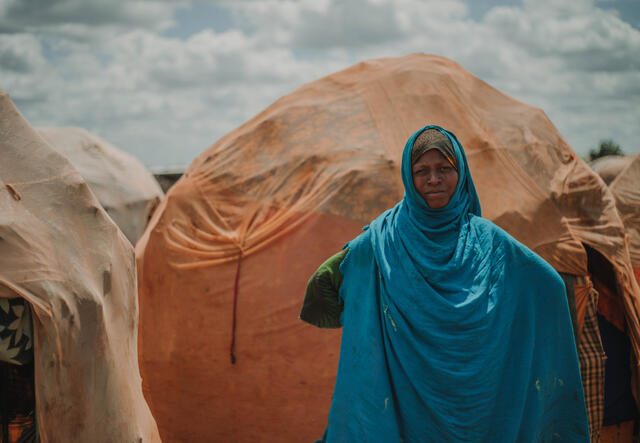
Syria
Over a decade of war in Syria has eroded the country’s ability to respond to crises. The conflict and an intense economic crisis have forced 90% of Syrians below the poverty line. Extreme drought and the February 2023 earthquake near the Syrian-Turkish border, which affected hundreds of thousands of Syrians, have highlighted the challenges associated with responding to emergencies in a country facing high fragility.
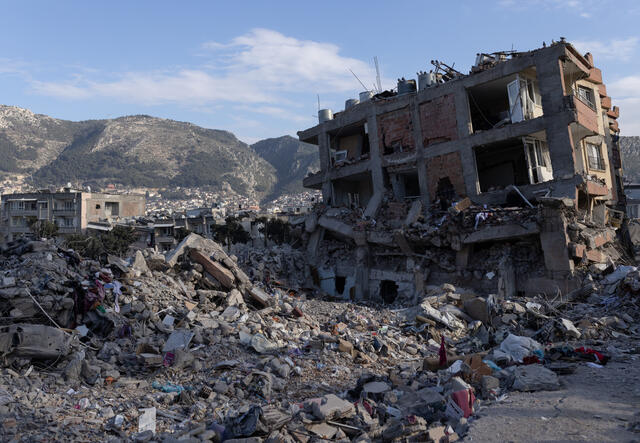
The Democratic Republic of the Congo
The Democratic Republic of Congo is experiencing persistent conflict, economic challenges and disease outbreaks. Over 100 armed groups fight for control in eastern Congo, often targeting civilians. Major disease outbreaks - including measles, malaria and Ebola - pose an ever present threat to a weakened healthcare system, putting many lives at risk.
These factors have weakened the country’s ability to prepare the country for climate disasters and disrupted humanitarian support while citizens face floods and rising food insecurity.
Afghanistan
Since the Taliban became Afghanistan’s de facto authorities in 2021, the country has experienced growing fragility as a breakdown in foreign aid flows and an economic collapse deepen poverty. Now, Afghanistan has entered its third year of drought while intense flooding in some parts of the country has diminished food production and driven people from their homes.
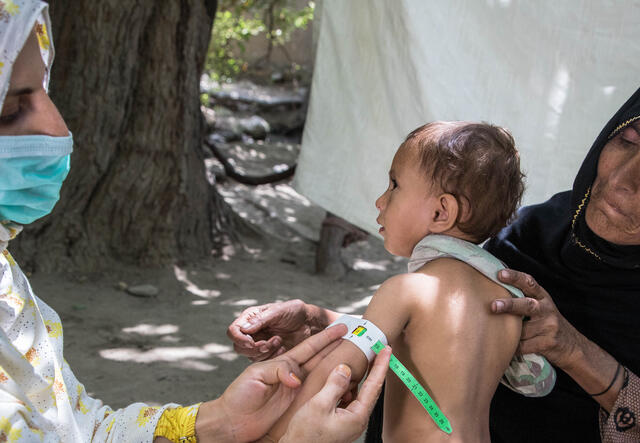
Yemen
Years of conflict have driven an economic crisis and high levels of fragility in Yemen. By the end of 2022, 17 million people in Yemen required food assistance, while 1.3 million pregnant or breastfeeding women and 2.2 million children required treatment for malnutrition. Climate change has worsened desertification and drought in the country.
Chad
Chad ranks as the world’s most climate-vulnerable country on the Notre Dame-Global Adaptation Initiative Index, which examines a country's exposure, sensitivity and capacity to adapt to the negative effects of climate change. Flooding in late 2022 affected more than 1 million people in the country while an economic crisis has led to widespread food insecurity. Growing conflict and tensions related to the country’s Transitional Military Council have limited progress in building climate resilience.
South Sudan
South Sudan, a country with high fragility and low climate readiness, is increasingly vulnerable to climate disasters. While the civil war that rocked the country officially ended in 2018, local conflicts remain widespread. Better climate resiliency is needed to protect South Sudanese citizens from climate shocks, like the severe floods which affected over 900,000 people in late 2022.
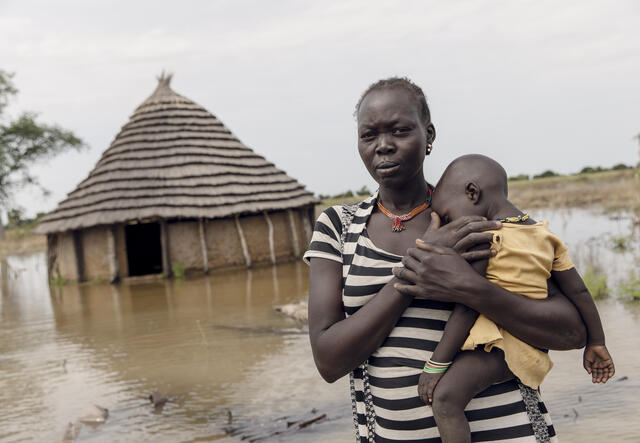
Central African Republic
Competition for control over political power and natural resources has destabilised the Central African Republic (CAR). Severe flooding threatens the safety and health of CAR residents, particularly those living in camps for internally displaced people, by contributing to the spread of water-borne illnesses like cholera. Other diseases like malaria, meningitis and monkeypox also strain CAR’s weakened health system.
Nigeria
Flooding in late 2022 affected 2.5 million people in Nigeria and caused extensive damage to the country’s farmland. By mid-2023 an estimated 25 million Nigerians will face high levels of food insecurity. Political tensions and widespread conflict have contributed to the country’s fragility, making it difficult to respond to climate disasters.
Ethiopia
Drought is affecting more than 24 million Ethiopians. This number is expected to rise as the country is set to enter its sixth consecutive failed rainy season. Numerous conflicts across the region and political instability have disrupted humanitarian support in the country and made it difficult for authorities to address the impacts of climate change on Ethiopia.
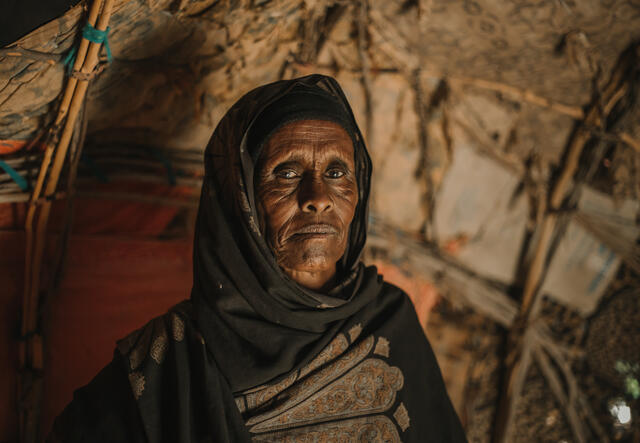
How does the IRC address climate vulnerability?
The IRC supports each of the countries featured on this list, which are among the more than 40 crisis-affected countries where we work around the world. Building climate resiliency and supporting vulnerable communities in the face of climate crises is a central part of our work.
The IRC works with communities in vulnerable regions to increase preparation and resiliency by mapping climate hazards and developing early warning systems. We also support local efforts to manage natural resources, conserve water and train people in developing sustainable livelihoods.
We advocate for policy changes that reduce greenhouse gas emissions and lessen the impacts of climate change on the world’s vulnerable communities. We also conduct research on climate change and are committed to using evidence-based solutions to build climate resilience.
We have also developed and adopted a climate action plan for our own organisation and have made a commitment to reach net-zero greenhouse gas emissions by 2050.
